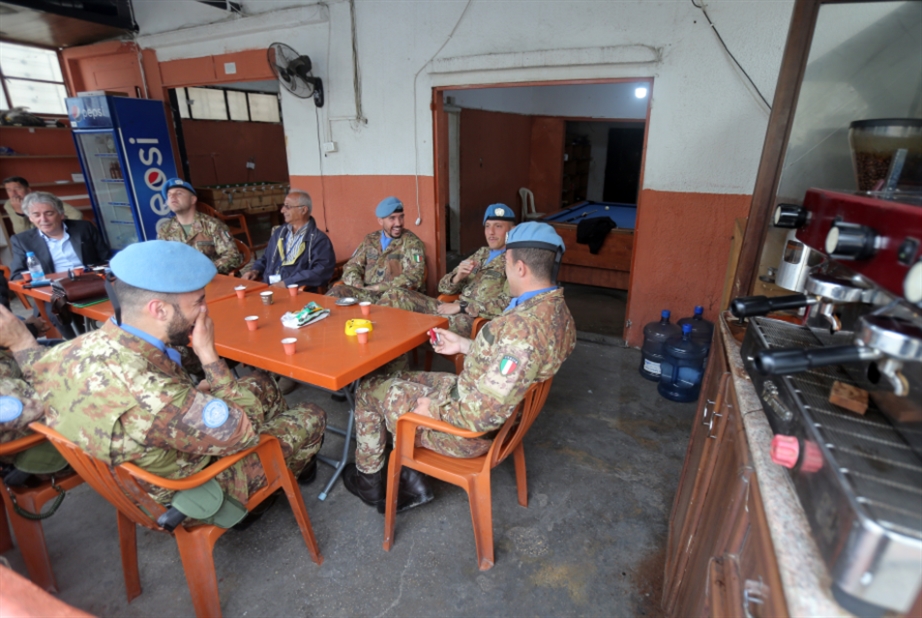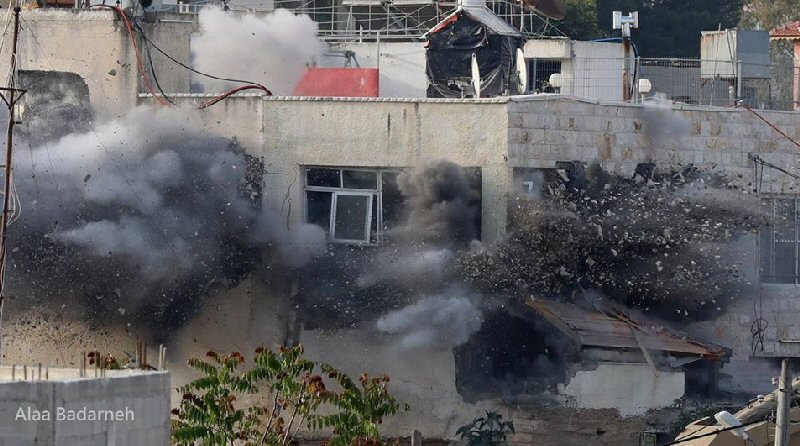River to Sea
 Uprooted Palestinian
Uprooted Palestinian Uprooted Palestinians are at the heart of the conflict in the M.E Palestinians uprooted by force of arms. Yet faced immense difficulties have survived, kept alive their history and culture, passed keys of family homes in occupied Palestine from one generation to the next.
 Uprooted Palestinian
Uprooted Palestinian 

 Uprooted Palestinian
Uprooted Palestinian 
 Uprooted Palestinian
Uprooted Palestinian 

 Uprooted Palestinian
Uprooted Palestinian 
 Uprooted Palestinian
Uprooted Palestinian [Christianity] is our number one enemy throughout history. [They] tried to convert us by arguments and by force, carried out an inquisition against us, burned the Talmud, expulsions, pogroms. Western anti-Semitism draws from Christianity’s hatred of the ‘murderers of God.’ It also had a role in the Holocaust.The first great Talmud burning happened in Paris, right there at the Notre Dame Cathedral square. It was the result of the Paris trial in which Jewish sages were forced to debate Christian sages, and the result was the burning of the Talmud. Volumes of Talmud were brought in 20 carts and burned there, 1,200 Talmud volumes. So [the fire demonstrates] ‘there is justice and there is a Judge.The 1240 Disputation of Paris, in which rabbis were forced to defend accusations that the Talmud was anti-Christian, was remembered by medieval Jews as a traumatic event. The public “trial” culminated in the burning of some 1,200 volumes of Talmud and other Jewish holy texts in Paris in 1242.
According to the Talmud, Jesus was executed by a proper rabbinical court for idolatry, inciting other Jews to idolatry, and contempt of rabbinical authority. All classical Jewish sources which mention his execution are quite happy to take responsibility for it; in the talmudic account the Romans are not even mentioned.
A check of main facts of the [Jewish] historiography of the last 1500 years shows that the picture is different from the one previously shown to us. It includes massacres of Christians [by Jews]; mock repetitions of the crucifixion of Jesus that usually took place on Purim; cruel murders within the family; liquidation of informers, often done for religious reasons by secret rabbinical courts, which issued a sentence of “pursuer” and appointed secret executioners; assassinations of adulterous women in synagogues and/or the cutting of their [the women’s] noses by command of the rabbis. Rosen included in his long article many well-documented cases of massacres of Christians and mock repetitions of the crucifixion of Jesus on Purim, most of which occurred either in the late ancient period or in the Middle Ages. (Some isolated cases occurred in sixteenth-century Poland.)
 Uprooted Palestinian
Uprooted Palestinian 
| Governorate | Injuries | |||||
| Total | Children | Women | Journalists | Paramedics | Critical Injuries | |
| Northern Gaza Strip | 9 | 2 | 1 | 0 | 0 | 0 |
| Gaza City | 32 | 6 | 1 | 1 | 0 | 0 |
| Central Gaza Strip | 15 | 4 | 1 | 1 | 2 | 2 |
| Khan Yunis | 19 | 4 | 2 | 1 | 3 | 0 |
| Rafah | 17 | 6 | 0 | 2 | 0 | 0 |
| Total | 92 | 22 | 5 | 5 | 5 | 2 |
 Uprooted Palestinian
Uprooted Palestinian A Must see: What if Hezbollah Was Defeated?
Sayyed Nasrallah: All Options Open in Case of Israeli Attack
Sayyed Nasrallah: “March 14” Bets Are Falling, Syria to Pass Conspiracy
The enemy is this American Administration and its “tool” not “ally”in the region, Israel, Sayyed
‘Resistance Stronger than Ever… Lebanon Will Protect Oil Wealth’
Resistance Might Have to Occupy Galilee- Netanyaho; You can't !"Opposition Will Not Name Hariri; New Stage Has Begun
Day When you Could Threaten Us Are Over
‘Any Hand Seeking to Detain Any of Our Mujahideen Will Be Cut’
Iran's Project is the Palestinian's, Lebanon's and Arab's Project
Mideast Peace Talks Are "Born-Dead"
Our Freedom, Sovereignty Depend On Our Elements of Power
Videos: Hariri Assasination Evidence Expose
Israel behind Hariri's Assassination
Israeli Hand That Attacks Army Will Be Cut Off
Lebanon Pushed into Sensitive Stage from STL Gate - video
Nasrallah on The Resistances Wounded Day -Video Unite, Back Turkey, Take Part in Freedom Flotilla 2 -Video
Nasralla: In Next War, Only Fleeing Israelis Will Be Safe.
We’ll hit back and we are capable of it,
And More